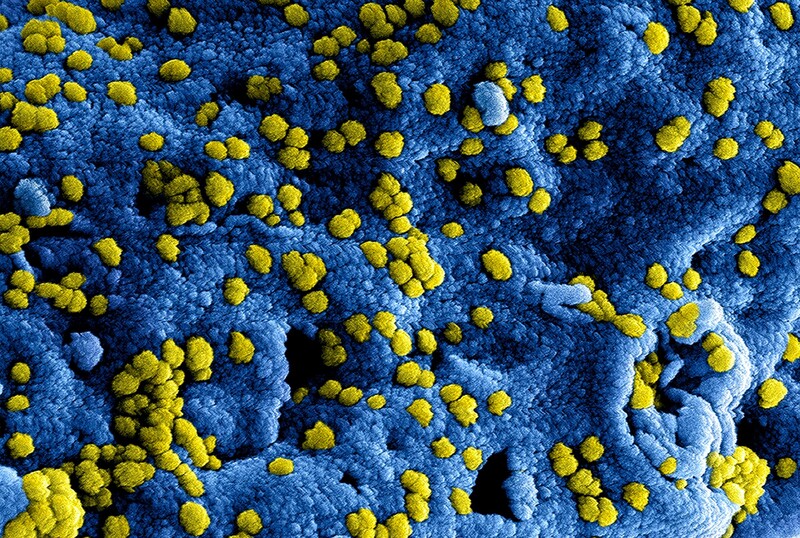The problem: Climate change is thawing out permafrost. When the preserved microbes within the permafrost wake up, they begin breaking down the dead plant matter around them, releasing more carbon into the atmosphere. There are also fears that long-frozen “zombie viruses” could be released into the world.
The solution: Scientists at Ohio State University are researching if viruses could stop the vicious cycle. Certain ocean viruses infect other microbes, changing the way they absorb and process carbon. If more viruses change bacteria to create heavy organic versions of carbon, more of the carbon will sink to the bottom of the ocean instead of going into the atmosphere. Researchers are also investigating if a similar process for viruses in thawing permafrost could disrupt methane production in microbes found there.
Using AI to handle genome sequencing, researchers identified 128 viruses with the genes that make this process happen. The AI will also model what would happen if these viruses were introduced to ecosystems to help predict any unintended consequences.
